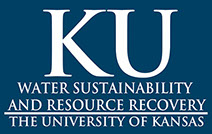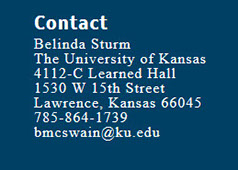Bioremediation of tetrachloroethylene (PCE)








Sampling USGS wells at Fort Riley, KS
Sampling USGS wells at Fort Riley, KS
Team gearing up for sampling at USGS well s, Fort Riley, KS
Kansas Geological Survey taking soil cores at Fort Riley, KS
Kansas Geological Survey taking soil cores at Fort Riley, KS
Kansas Geological Survey taking soil cores at Fort Riley, KS
Getting to ready to prepare soil microcosms
Solid Phase Micro Extraction (SPME) of PCE
8 - 8
<
>
The bioremediation project is a bench-scale microcosm study to determine if biodegradation of tetrachloroethylene (PCE) is possible using native bacteria from a contaminated site. Emulsified soybean oil is used as the food source for the bacteria and acts as an electron donor to promote degradation of PCE through reductive dechlorination. The microcosms consist of soil from the contaminated site, artificial groundwater to provide the nutrients needed for bacteria, the emulsified soybean oil and a spike of the contaminant, PCE. The concentration of PCE and its degradants in the microcosms are measured using solid phase microextraction (spme) with GC-MS to determine if bioremediation is occurring in the microcosms.
Research Team
Dr. Belinda Sturm
Co-Principal Investigator
Dr. Jennifer Roberts
Principal Investigator
Dr. Leonard Krishtalka
Principal Investigator
Dr. Ray Carter
Research Associate
Rachel Swezy
Masters Student



